Carbohydrates are arguably the most important macronutrient needed for ultra endurance athletes. Simply put, carbohydrates are the sugars, starches, and fibers found in fruits, grains, vegetables, and other foods. They provide fuel for the central nervous system and energy for working muscles: without carbs, the body runs much less efficiently. Read on to learn everything there is to know about carbohydrates and their vital role inultra sport nutrition!
Function of carbohydrates
Alongside protein andfat, carbohydrates are one of the three macronutrients needed in our everyday diet. They include simple sugars (such as glucose, fructose, and galactose) as well as more complex molecules like starches (found in breads and cereals) and cellulose (found in plant cells). Their main functions include providing energy for our brains and bodies to function properly, storing energy in the form of glycogen, building macromolecules, and sparingprotein and fat stores for other uses.

Carbohydrate structure and storage
Carbohydrates are biological molecules composed of carbon, hydrogen, and oxygen. All carbohydrates share the general molecular formulaCH2O, but come in different lengths. Carbohydrate chains can be split into 3 different classifications: monosaccharides, disaccharides, and polysaccharides. Monosaccharides are simple sugars and include glucose, fructose, and galactose. Disaccharides form when two monosaccharides are covalently bonded by a glycosidic linkage and include lactose, maltose, and sucrose. Polysaccharides are formed when a long chain of monosaccharides are linked together by glycosidic bonds. Starch, glycogen, and cellulose are some common examples of polysaccharides.
When you eat foods that contain carbohydrates, they are broken down into smaller sugar subunits in the stomach. These molecules then travel through your digestive system and are converted into glucose by the liver so that your body can use them for energy. Any glucose that is not immediately needed for energy is converted into glycogen, a polysaccharide, and stored in the muscle or liver. Your body can store around 2,000 calories worth of glycogen, which can be used for energy by the brain and muscles.
Simple vs. complex carbohydrates
Not all carbohydrate sources function the same way in your body. Generally, the family of carbs is split into two groups: simple and complex carbohydrates. Simple carbohydrates are the ones that are readily broken down by the body for energy. They are composed of shorter chains of molecules and are therefore easier and quicker to digest compared to complex carbs, providing your cells with fast-acting energy. This means that simple carbs almost immediately increases your blood glucose, or sugar, levels. Simple carbohydrates include foods like fruit, milk, raw sugar, and candy.
On the other hand, complex carbohydrates are a better, more sustained source of energy than simple ones. Complex carbs are composed of longer, more complex chains of molecules and are therefore harder for your body to break down. As a result, blood glucose levels are raised for a longer period of time, providing a more lasting elevation in energy. Complex carbohydrates include foods like whole grains, starches, and fiber.
Although complex carbs are a better source of energy than simple ones, it does not mean that they are necessarily healthier. Simple carbs are present in foods like fruits which provide a variety of key vitamins, minerals, and antioxidants. In the end, both simple and complex carbs are converted into glucose in the body and used as energy by the cells.
Daily carbohydrate needs
Guidelines for carbohydrates should be based on a gram per kilogram of body weight basis and differ according to each individual. What are the current carbohydrate recommendations for athletes? For endurance athletes training 1-3 hours per day, 6-10 grams of carbohydrates per kg of body weight is needed each day. For example, if you weigh 70 kg, you should be consuming anywhere from 420-700 grams of carbohydrates per day. For ultra endurance athletes training more than 4-5 hours per day, 8-12 grams of carbohydrates per kg of body weight should be consumed each day.

The timing of intake can vary according to when you train, but as long as total fuel needs are provided, the pattern of intake doesn’t matter. Keep in mind that these are general recommendations and should be fine-tuned based on specific training needs, individual needs, environment, body composition goals, and overall health.
Carbohydrate deficiency
With an insufficient intake of carbs, our bodies start to break downfat as the source of fuel. While this is sustainable and could be beneficial for weight loss, the body and brain’s preferred source of energy is carbohydrates. Therefore, a lack of carbohydrates is associated with adverse health effects such as excess fatigue, decreased energy levels, constipation, and nausea. For endurance athletes in particular, acarbohydrate deficiency can significantly impair performance since the body will be unable to meet the energy needs of the activities being performed.
Carbohydrates and ultra sport nutrition
Carbohydrates are critical for elite endurance athletes. The body stores dietary carbohydrates as glycogen in the muscles and liver, but the storage capacity is limited. After about 28 hours of fasting, liver glycogen stores are depleted. As exercise intensity increases, so does reliance on carbohydrate fuel stores. Therefore, keeping these stores at adequate levels allows endurance athletes to continue training at intense levels for long periods of time. Additionally, a diet rich in carbohydrates will spare other macromolecules, likeprotein, from being used for energy. Therefore, protein will be free to do its job of repairing and rebuilding muscle tissue, maximizing muscle gain.
Carbohydrates in Näak bars
There are many sources of good carbs. Whole, unprocessed fruits and vegetables are well known for providing carbs along with other beneficialnutrients and antioxidants. Whole grains are also an important and plentiful source of carbs as well as fiber and micronutrients. Another great source of carbs are in Näak bars! OneNäak Ultra Energy™ bar provides you with 28 grams of carbs and even contains a complete source of protein, allowing you to perform at your best.

Want to be #cricketpowered? Don’t hesitate, click here to try our ultra energy bars!

























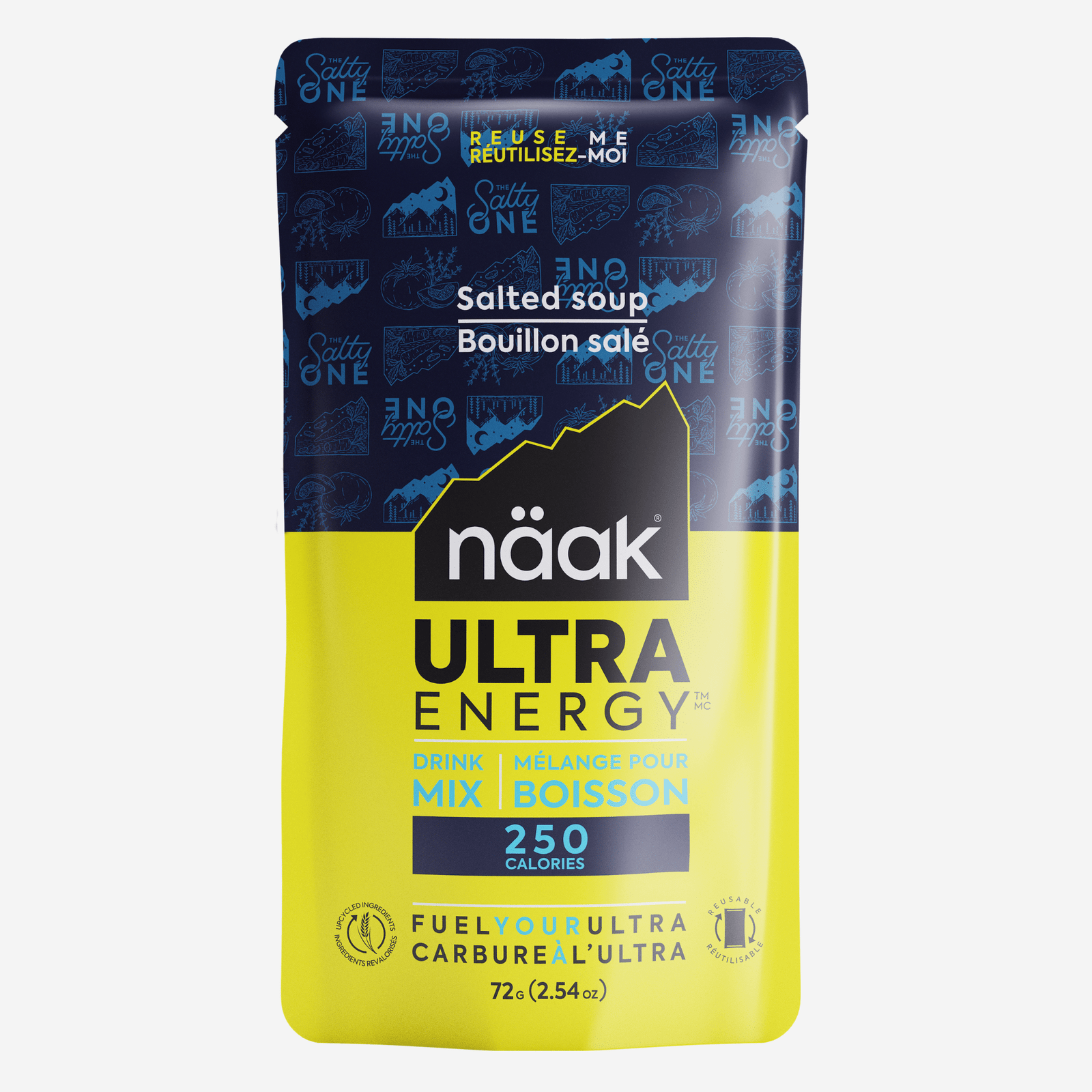
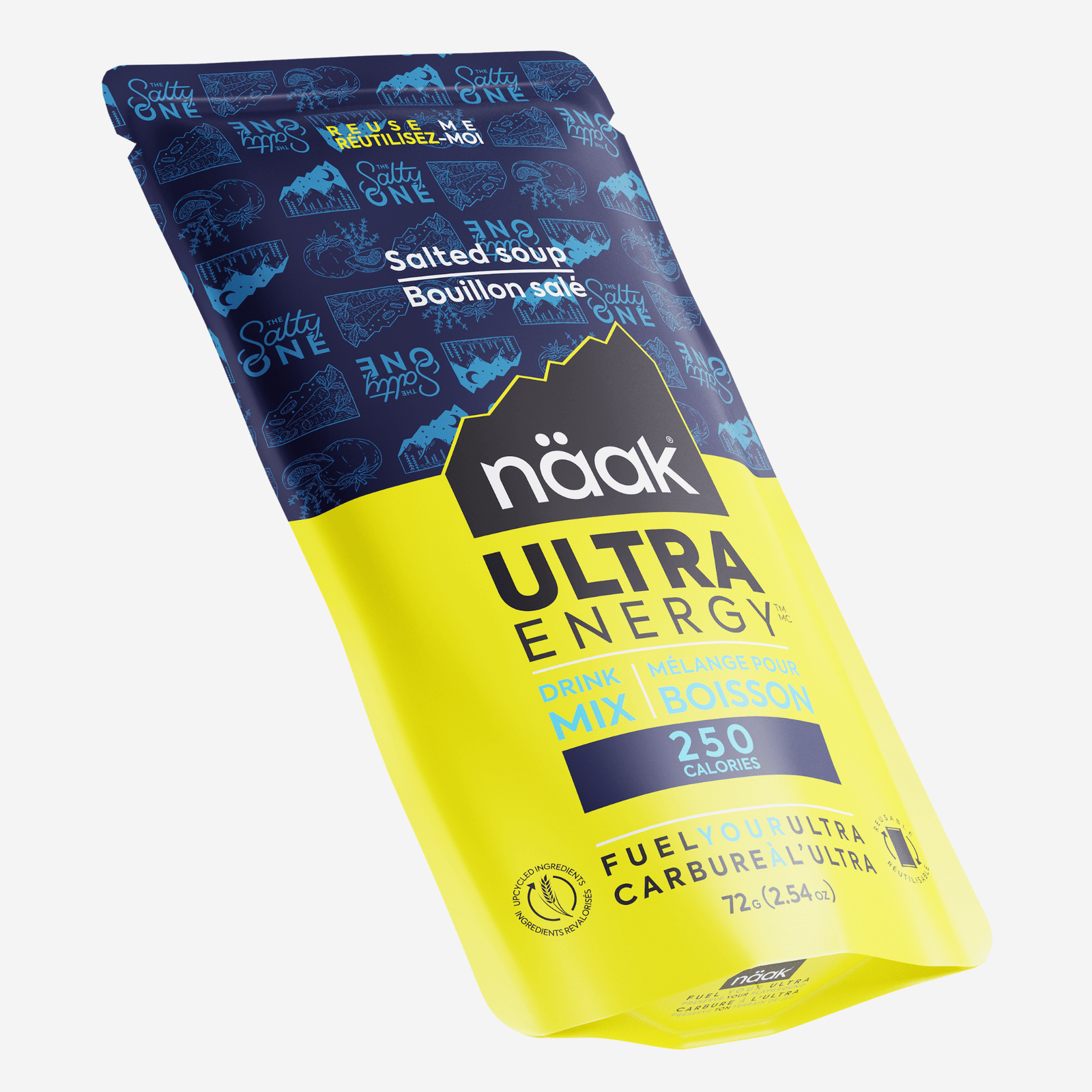


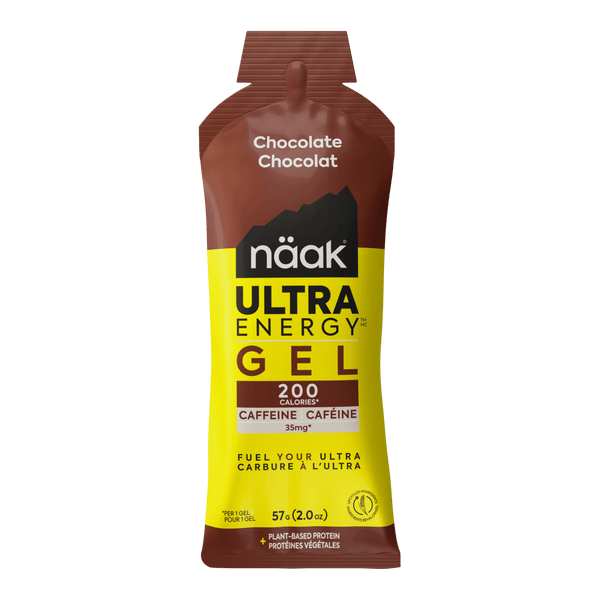
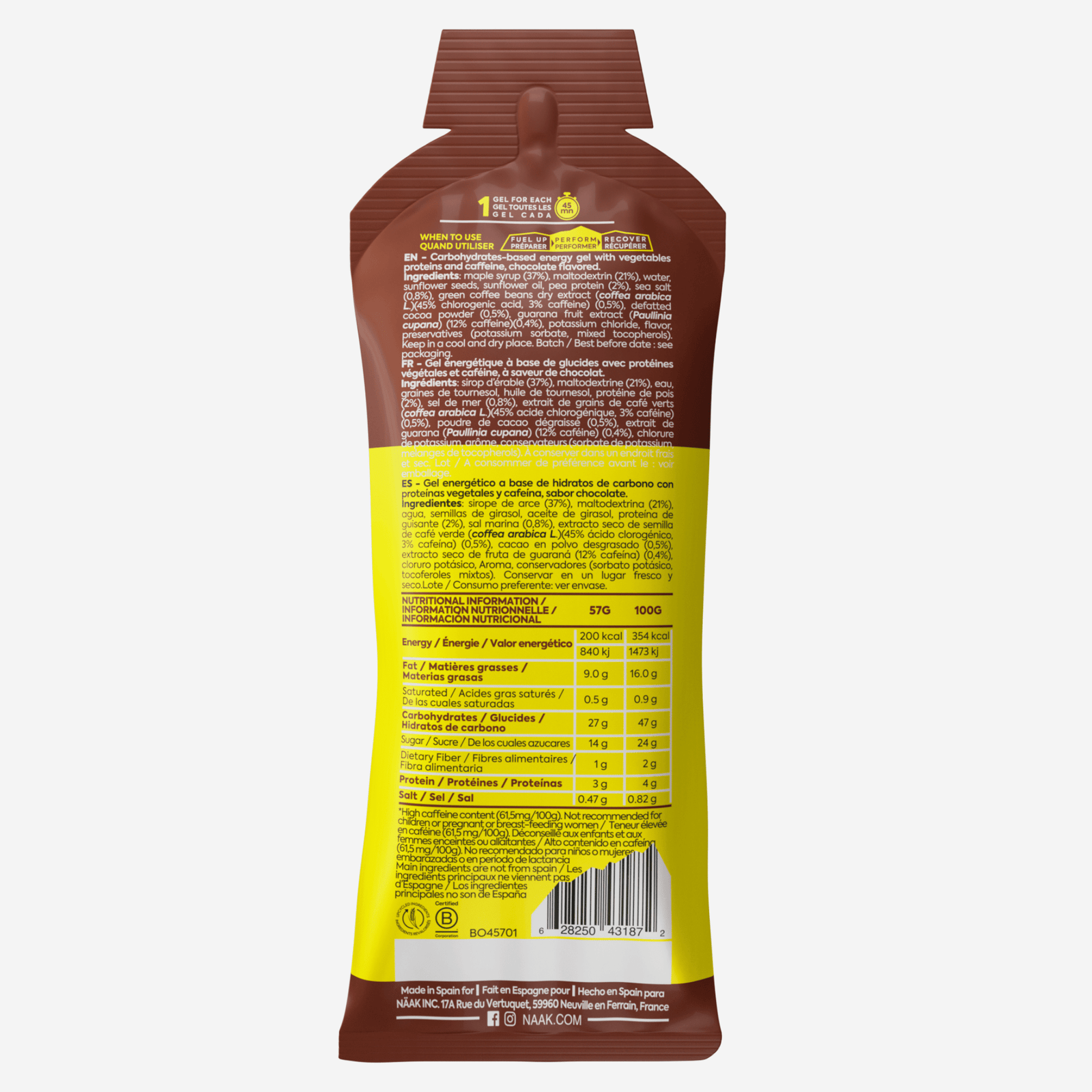


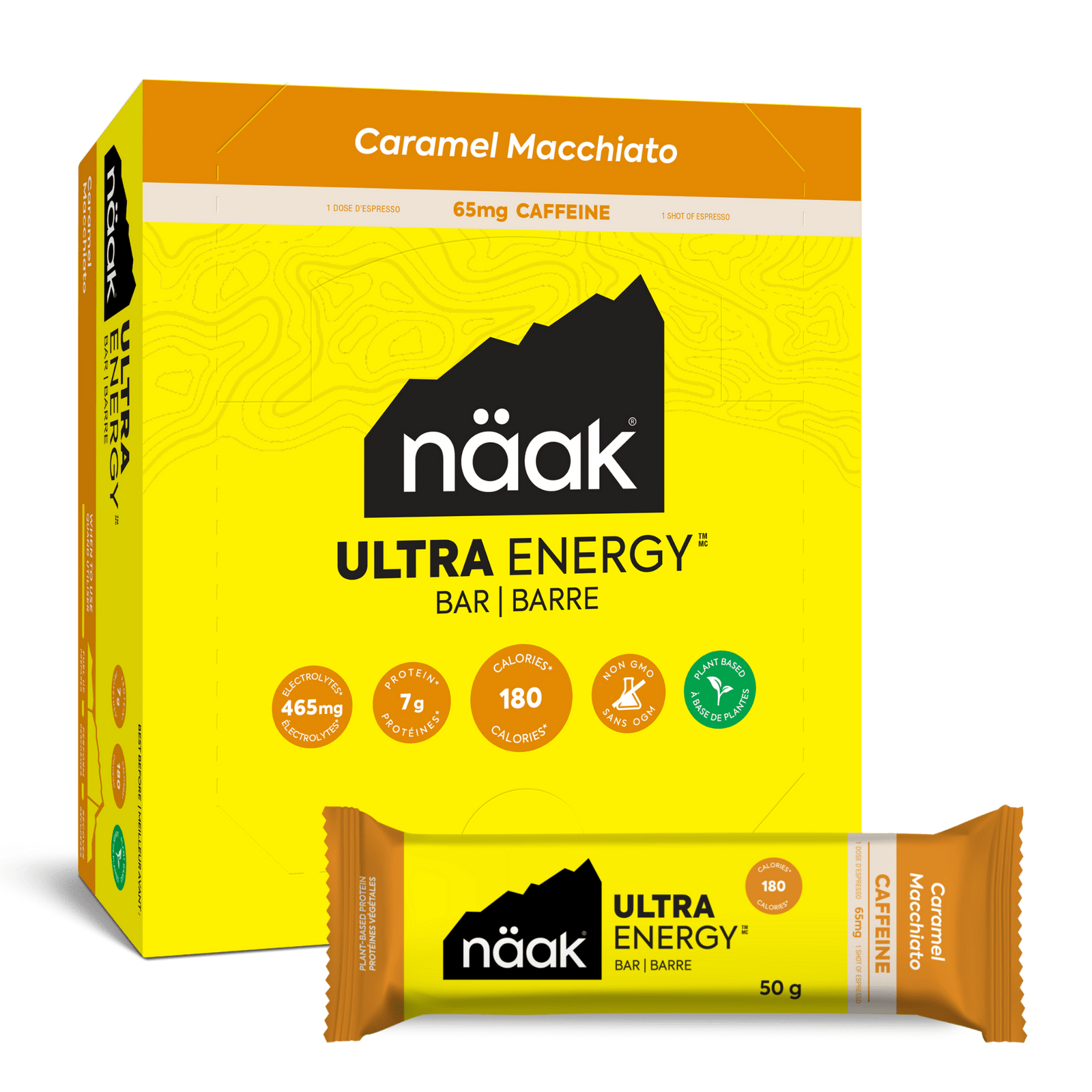



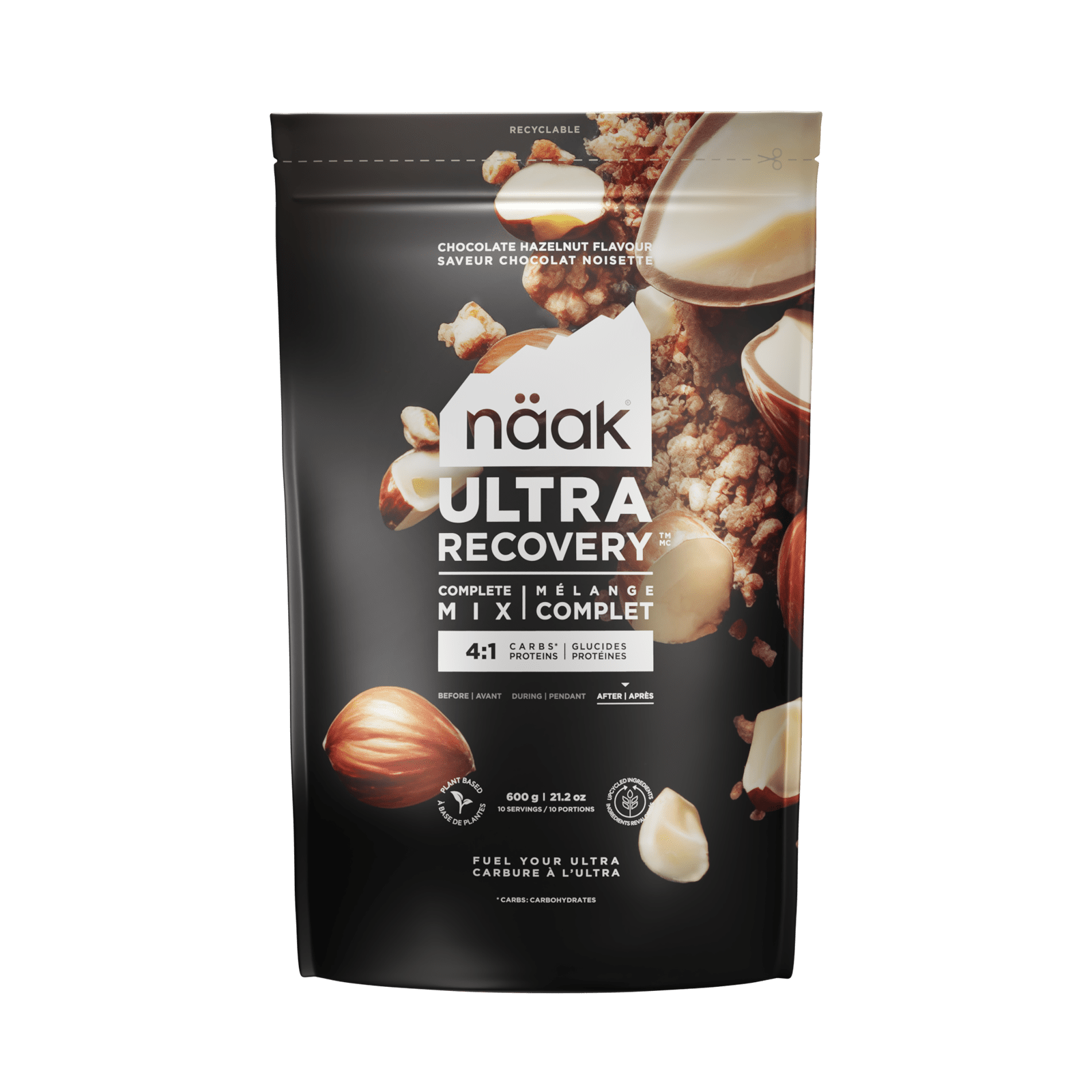

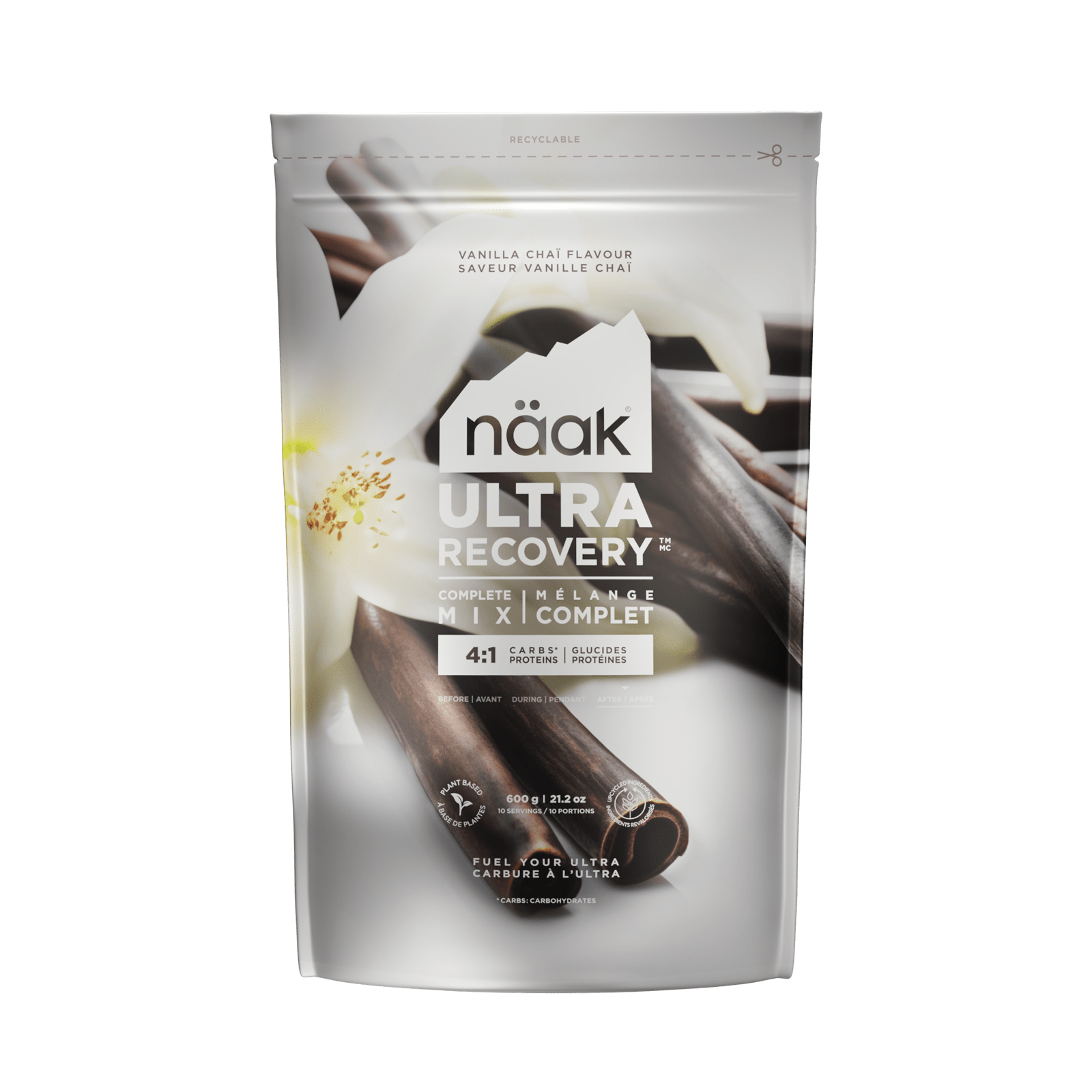
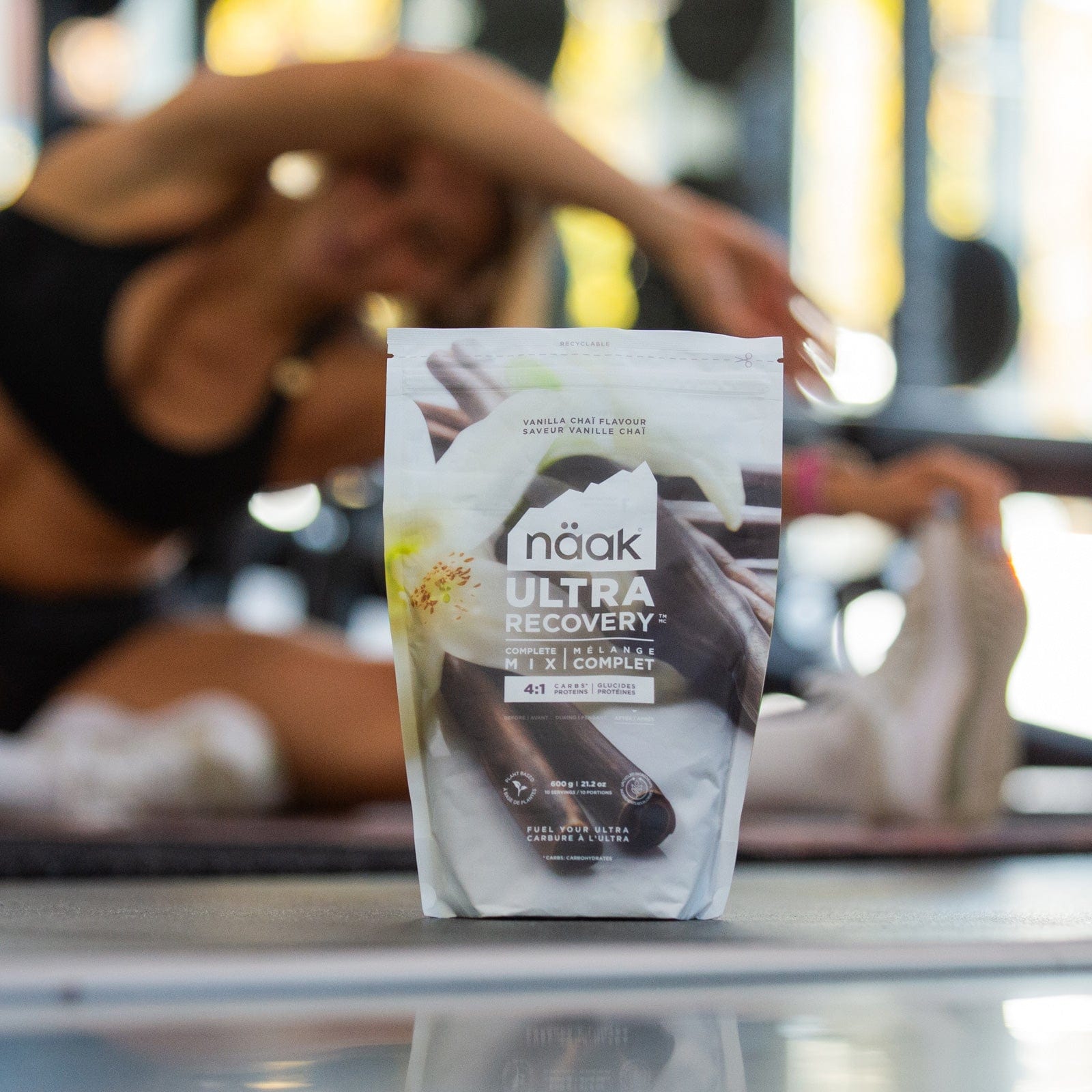
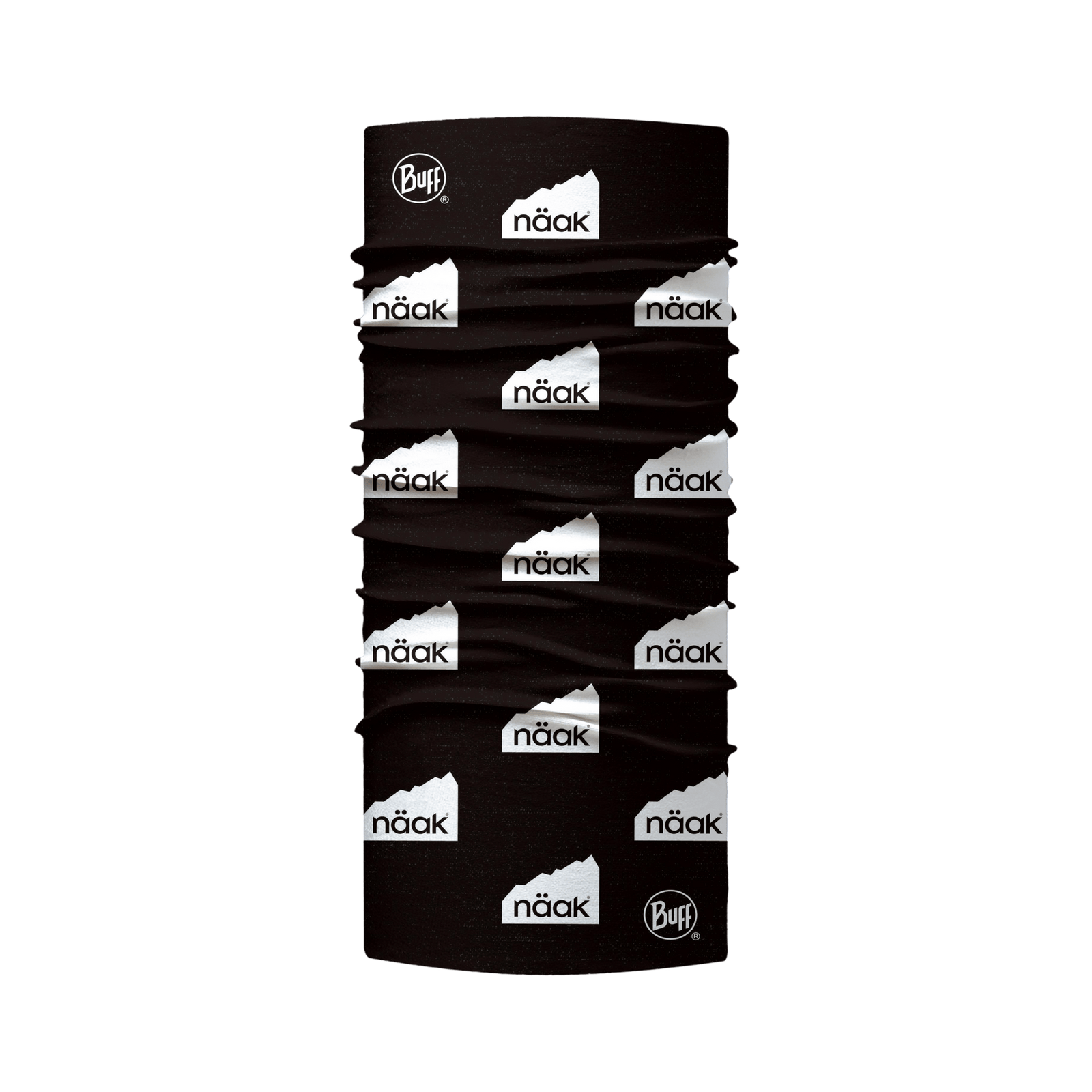

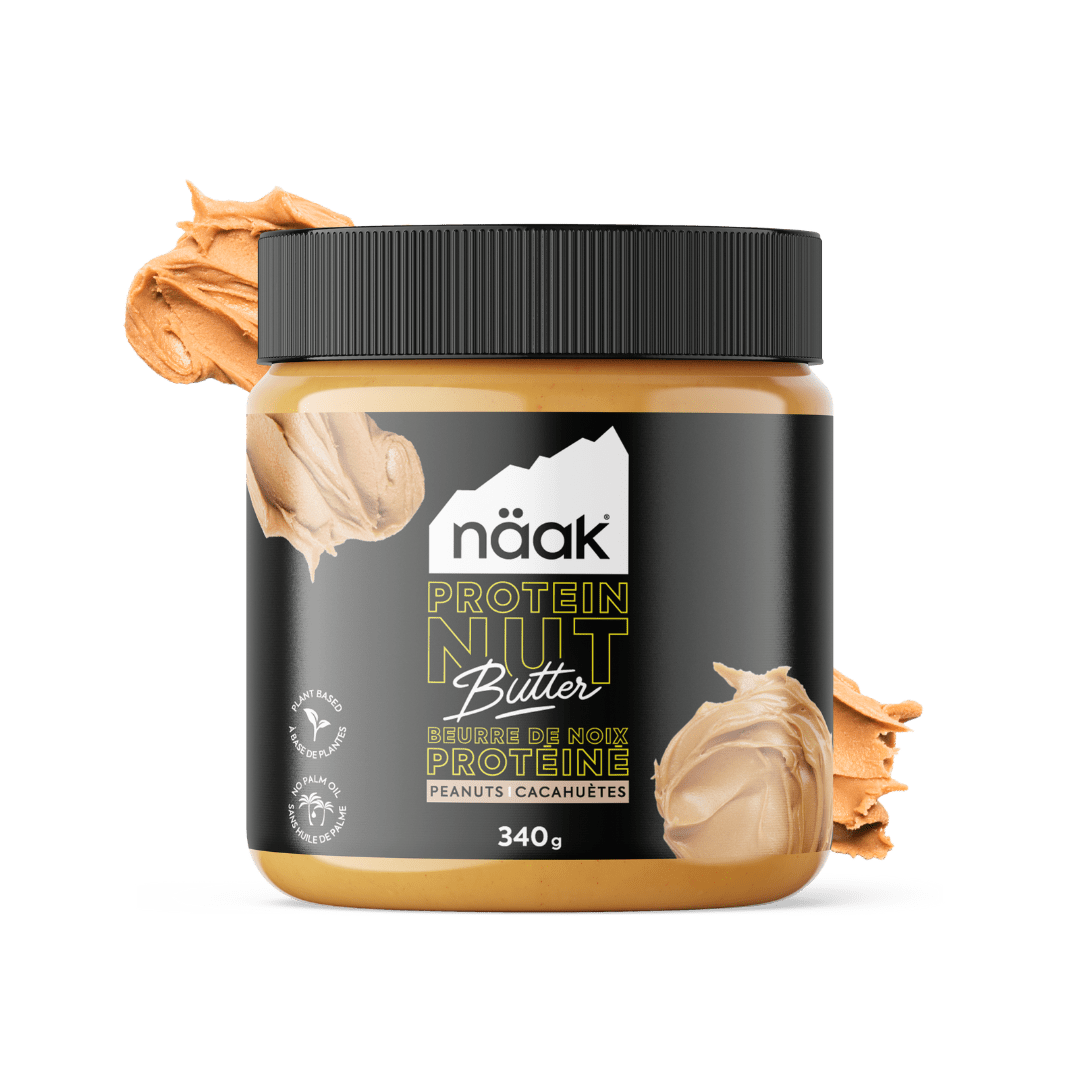

Leave a comment (all fields required)